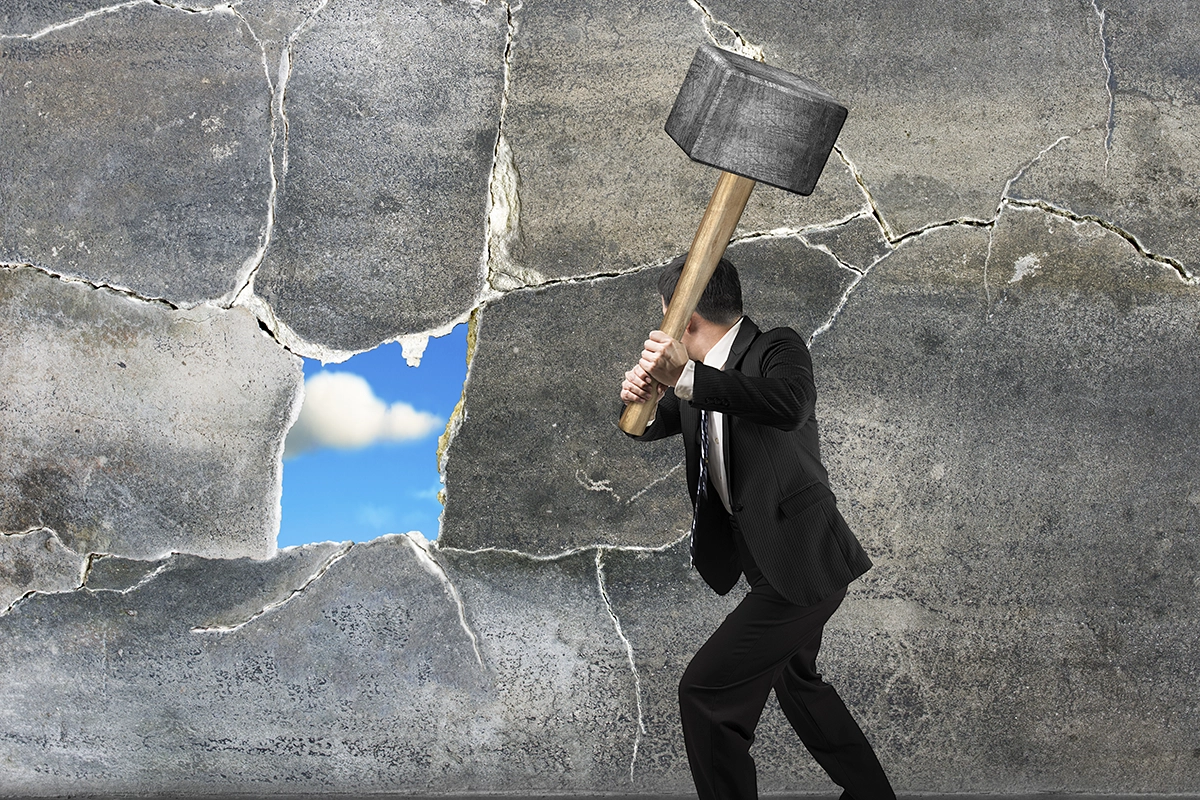Creative Destruction: The Engine of Progress in Business
The world of business is dynamic, constantly evolving and adapting. At the heart of this change lies a powerful concept known as creative destruction. Coined by economist Joseph Schumpeter, it describes the process by which innovation disrupts existing industries, businesses, and technologies, ultimately leading to progress and economic growth. This seemingly contradictory phenomenon, where destruction paves the way for creation, is a fundamental force driving advancement.
The Disruption Cycle
Imagine a comfortable market leader, complacent in its success. It delivers a satisfactory product or service, but lacks the drive to innovate. Enter the disruptor. This could be a new company or a nimble existing player armed with a fresh idea – a more efficient process, a groundbreaking product, or a disruptive business model. The disruptor offers a compelling alternative, often at a lower cost or with greater convenience, attracting customers away from the established player.
This initial disruption creates a period of turmoil. The established players face declining sales and profits as customers migrate to the new offering. Jobs may be lost, and entire industries can be reshaped. However, this disruption also acts as a catalyst for innovation. The established players are forced to adapt or face extinction.
They might respond by investing in research and development, seeking ways to improve their own products or develop entirely new ones. Alternatively, they might try to acquire the disruptor or adopt elements of its strategy. This competitive pressure fuels a cycle of innovation, leading to better products, services, and ultimately, increased value for consumers.
Examples of Creative Destruction in Action
History is littered with examples of creative destruction:
- The Rise of the Personal Computer: In the 1970s, mainframe computers dominated the computing landscape. Then came the personal computer, initially seen as a novelty. However, its affordability and user-friendliness fuelled rapid adoption, ultimately rendering mainframes obsolete for most users.
- The Sharing Economy: Traditional businesses like taxi companies and hotels faced disruption from platforms like Uber and Airbnb. These new models leverage technology to connect individuals directly, offering greater convenience and flexibility to consumers.
- E-commerce and Brick-and-Mortar Retail: The rise of online shopping disrupted traditional brick-and-mortar stores. However, this forced retailers to adapt by offering omni-channel experiences, integrating online shopping with in-store services.
The Benefits and Challenges of Creative Destruction
Creative destruction is not without its downsides. Disruption can lead to job losses, economic hardship, and uncertainty. However, the long-term benefits outweigh these challenges:
- Increased Efficiency and Productivity: New technologies and business models often lead to greater efficiency and productivity, ultimately leading to lower costs for consumers and businesses.
- Improved Quality of Life: Innovation results in better products and services, providing consumers with more choices and improving their overall well-being.
- Economic Growth: Creative destruction is a driver of economic growth as new industries emerge and resources are reallocated towards more productive sectors.
Managing the Impact of Creative Destruction
While disruption is inevitable, there are ways for businesses to navigate it:
- Embrace a Culture of Innovation: Encourage a culture that values continuous improvement and experimentation. Invest in research and development to stay ahead of the curve.
- Develop Adaptability: Be prepared to adapt your business model and offerings in response to changing market dynamics.
- Reskilling and Upskilling Your Workforce: Prepare your employees for the future by providing them with opportunities to develop new skills relevant to emerging technologies and trends.
- Building a Strong Brand: A strong brand identity built on trust and customer loyalty can help businesses weather periods of disruption.
Conclusion
Creative destruction is a powerful force that shapes the business landscape. While it can be disruptive and even destructive in the short term, it ultimately drives progress and innovation. By understanding this process and embracing its challenges and opportunities, businesses can position themselves for success in the ever-evolving world of commerce.
Beyond the Basics
This piece provides a foundational understanding of creative destruction. To delve deeper, consider exploring these additional aspects:
- The Role of Government: How can governments create an environment that fosters innovation while mitigating the negative impacts of disruption?
- The Ethical Dimension: Does creative destruction always lead to positive outcomes? What are the ethical considerations of putting businesses out of business?
- The Future of Work: How will creative destruction impact the future of work and the skills required to succeed in the evolving economy?
By understanding and embracing creative destruction, businesses can become active participants in shaping the future, rather than merely victims of its force.
For more information on Creative Destruction contact Breakthrough Leadership.
